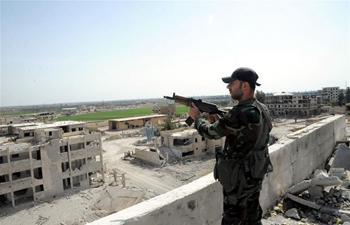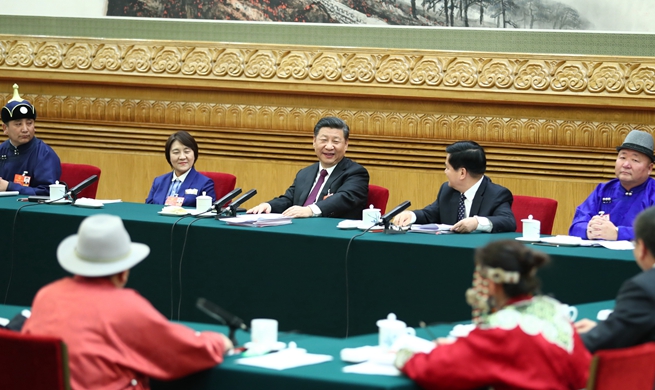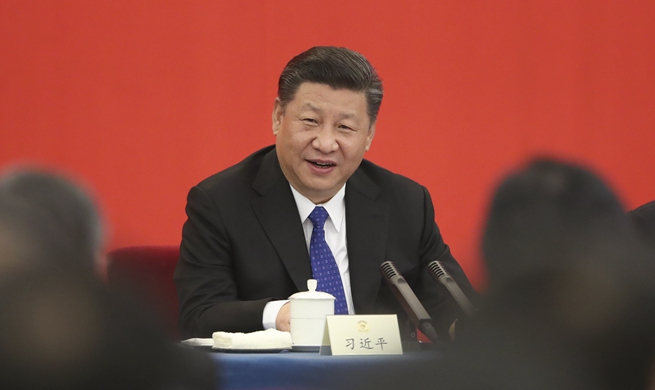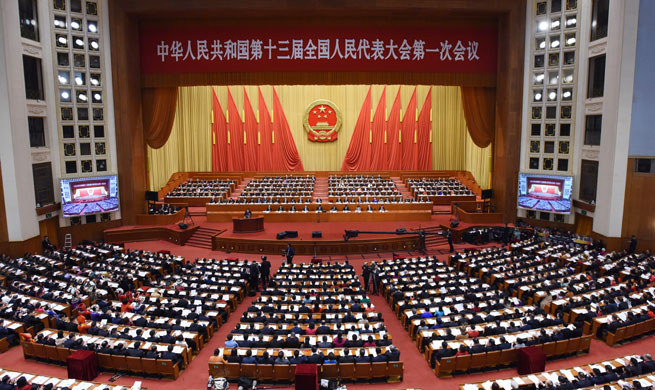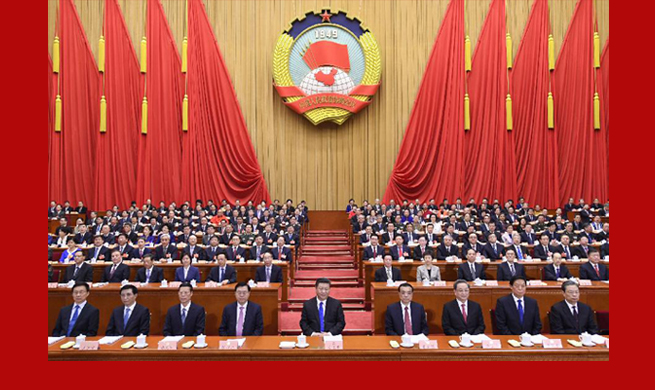HOUSTON, March 5 (Xinhua) -- Nuclear electricity generation capacity in the Middle East is expected to increase, U.S. Energy Information Administration (EIA) said Monday.
According to EIA, Nuclear electricity generation capacity in the Middle East will increase from 3.6 gigawatts (GW) in 2018 to 14.1 GW by 2028 because of new construction starts and recent agreements between Middle East countries and nuclear vendors.
The United Arab Emirates (UAE) will lead near-term growth by installing 5.4 GW of nuclear capacity by 2020.
The growth in nuclear capacity in the Middle East is largely attributable to countries in the region seeking to enhance energy security by reducing reliance on fossil fuel resources, said EIA, which is a principal agency of the U.S. Federal Statistical System responsible for collecting, analyzing and disseminating energy information.
Fossil fuels accounted for 97 percent of electricity production in the Middle East in 2017, with natural gas accounting for about 66 percent of electricity generation and oil for 31 percent. The remaining 3 percent of electricity generation in the region comes from nuclear, hydroelectricity, and other renewables.
EIA expected electricity demand in Middle East to increase 30 percent by 2028, based on projections in the latest International Energy Outlook. This growth rate is higher than the average global growth rate of 18 percent over that same period, and higher than the 24 percent expected growth in non-OECD (Organization for Economic Cooperation and Development) countries.
Developments in building nuclear capacity in the region include Iran, UAE, Turkey, Saudi Arabia and Jordan, according to EIA.








